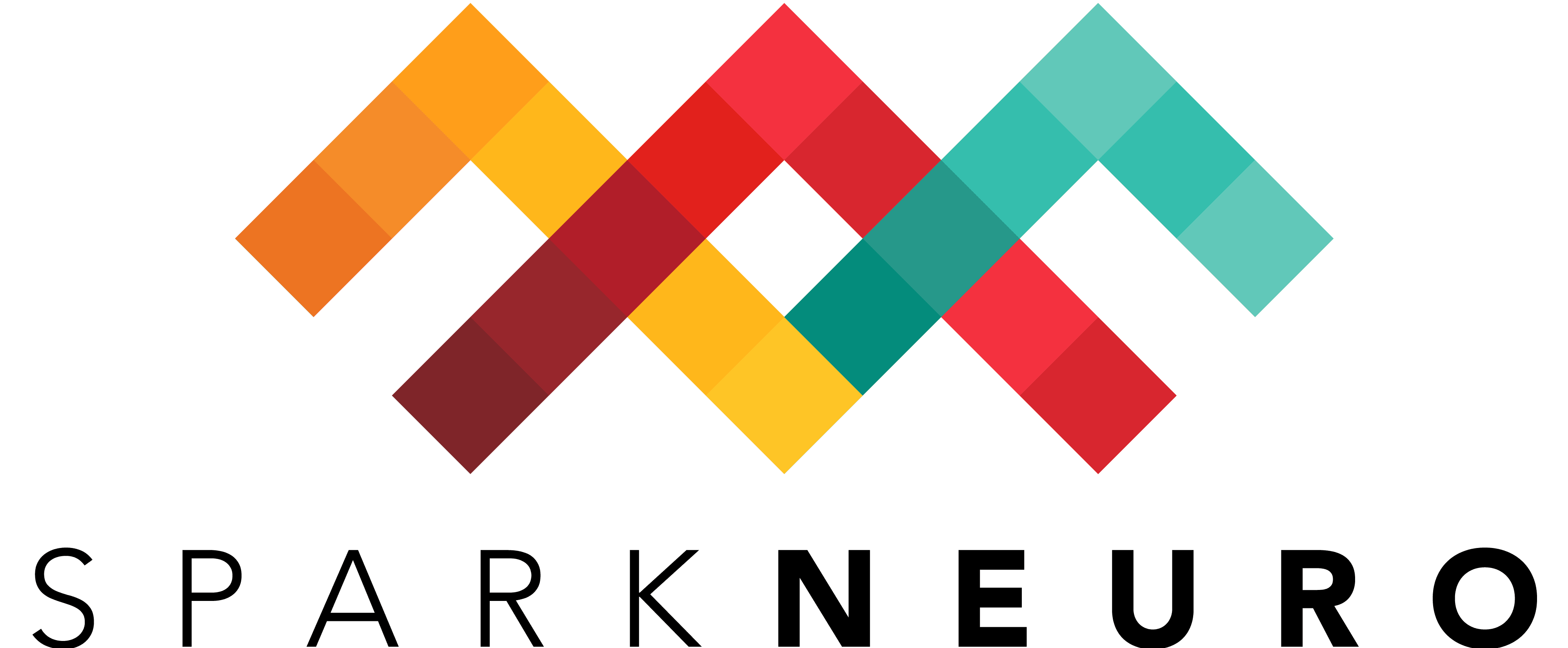Differentiating Causes of Dementia using EEG
One major challenge in evaluating patients for dementia is that dementia may be caused by one or more underlying conditions. The cause of dementia (the etiology) is typically a dementia-causing disease, such as Alzheimer’s, Parkinson’s, or Dementia with Lewy Bodies (DLB). Here at SPARK Neuro, we have developed ground-breaking technology to differentiate causes of dementia, as presented for the first time at the 2023 Alzheimer’s Association International Conference (AAIC).
Why Differentiation is a Big Deal
Prognosis and treatment can vary dramatically for different dementia-causing conditions, so clinicians need to understand etiology to determine what a patient can expect and what treatments to begin. But etiology of dementia is often extremely difficult to determine. In fact, historically the cause of a dementia could only be determined by autopsy after a patient’s death, therefore missing any opportunity for disease-targeted interventions.
Therefore, the quest to develop non-invasive biomarkers for dementia-causing diseases is highly important. Today this field is still in relative infancy. While some progress has been made recently using methods such as PET scans, MRI, cerebrospinal fluid (CSF), and blood tests for individual diseases, these tools are often expensive, invasive, and inaccessible. Additionally, they do little if any good for differentiating between diseases.
Furthermore, each of these tools took decades of research to refine, and in each instance that effort only applied to a single disease. For example, progress made on a CSF biomarker for Alzheimer’s does little or nothing to accelerate progress for other diseases.
SPARK’s Approach and Progress
Here at SPARK, we decided to approach this problem using EEG. EEG has numerous advantages over other methods, including being non-invasive, low cost, and highly portable. But even more importantly, here at SPARK, our machine-learning platform allows us to use insights from one disease state to inform others, meaning we are able to rapidly develop capabilities to differentiate multiple disease states in unison, instead of just one at a time.
In a 2023 presentation at AAIC, Yoder et al. presented our progress on this challenge. We focused our initial analysis on Alzheimer’s disease (which accounts for 60-70% of dementia) and different Lewy body-related diseases, including Parkinson’s and DLB (which account for 5-15% and 3-5%, respectively).
In this work, they demonstrated a first-of-its-kind capability, successfully detecting and differentiating each of these diseases with extremely high accuracy. Using our novel, proprietary approach to biosignals analysis, Yoder et al. first demonstrate that across each dementia-causing disease, SPARK’s models have extremely high accuracy at identifying the presence of dementia (90%+). Furthermore, they show highly accurate differentiation between causes of dementia (80%+).
This success brings us one step closer to SPARK Neuro’s vision: a future where dementia evaluation is easier, cheaper, and more accessible for everybody, improving long term brain health and care for all.
Check out the details below.
